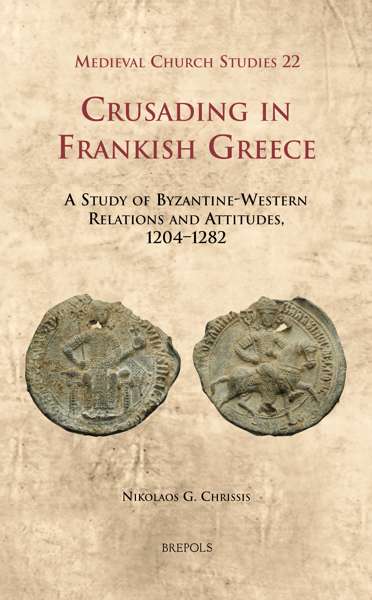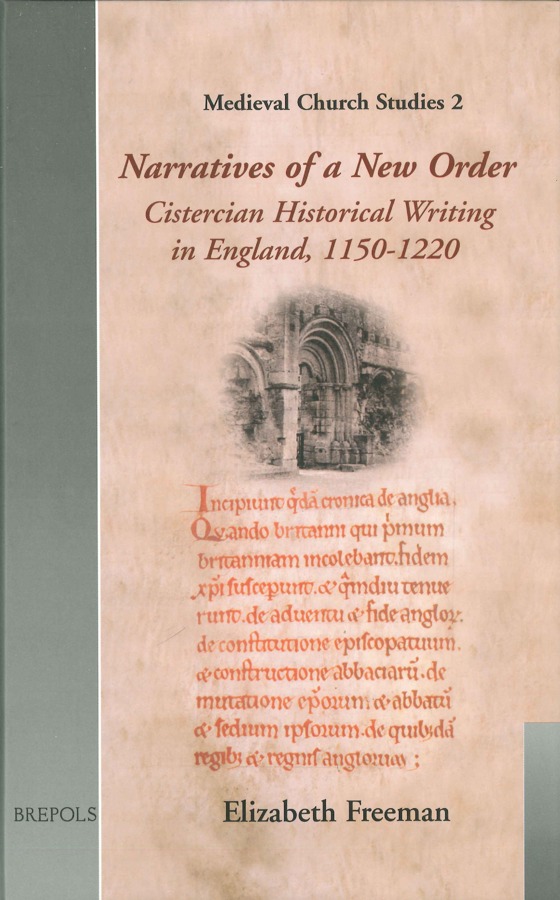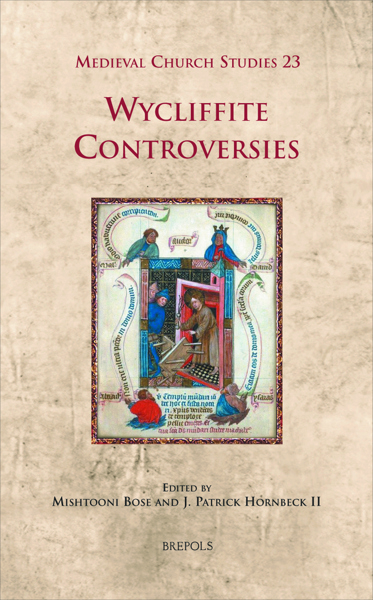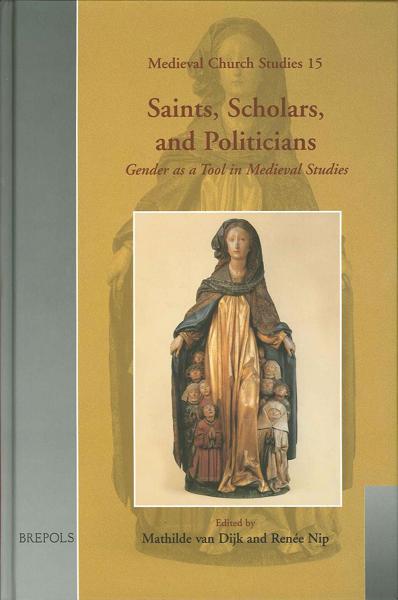
- Pages: 245 p.
- Size:160 x 245 mm
- Language(s):English
- Publication Year:2002
- € 40,00 EXCL. VAT RETAIL PRICE
- ISBN: 978-2-503-51090-3
- Hardback
- Available
- € 40,00 EXCL. VAT RETAIL PRICE
- ISBN: 978-2-503-52634-8
- E-book
- Available
The author examines the classic genre for inventing a past, argueing that historical narratives of the English Cistercians helped define the characteristics of the new Cistercian monastic order as well as new political orders of twelfth- and thirteenth-century England.
"This is an important study that will be of interest both to Cistercian scholars and to medievalists concerned with the history of narrative, especially in the twelfth and early thirteenth centuries. (...) This book is an interesting reevaluation of a neglected side of the Cistercians primarily in the North of England. It will be justly mined fot its insights and analyses by both literary scholars and by medieval historians."
(Brian Patrick McGuire, in: The Medieval Review, 03.02.30)
"Freeman's study is full of interesting insights and ingenious literary analysis of a neglected set of texts." (J.A. McNamara in American Historical Review, June 2003, p.900)
The origins of the Cistercian monastic order are currently under intense scrutiny and revision, as scholars identify how the written word was used to ‘invent’ a unified corporate identity. Here Elizabeth Freeman examines the classic genre for inventing a past – the history, chronicle, and annal – and argues that historical narratives of the English Cistercians helped define the characteristics of both the new Cistercian monastic order and also the new orders of twelfth- and thirteenth-century England. She shows how Aelred of Rievaulx’s Relatio de standardo and Genealogia regum Anglorum articulated new senses of Englishness, and demonstrates through attention to library holdings that this focus on national self-definition continued throughout the twelfth century. The Fundacio abbathie de Kyrkestall shifts focus to local history and exploits Cistercian tropes of land-use in order to resolve the communal insecurity that characterised the Cistercians in around 1200. The Narratione de fundatione Fontanis monasterii features another method of reconciling the nostalgic quest for continuity with the intellectual recognition of change – it separates historical ‘fact’ from ‘meaning’ and imbues events with rich allegorical significance. Finally, Ralph of Coggeshall’s Chronicon Anglicanum indicates the multiple strategies Cistercian historians employed in order to turn the disparate and contradictory events of the past into a comprehensible and meaningful narrative.




